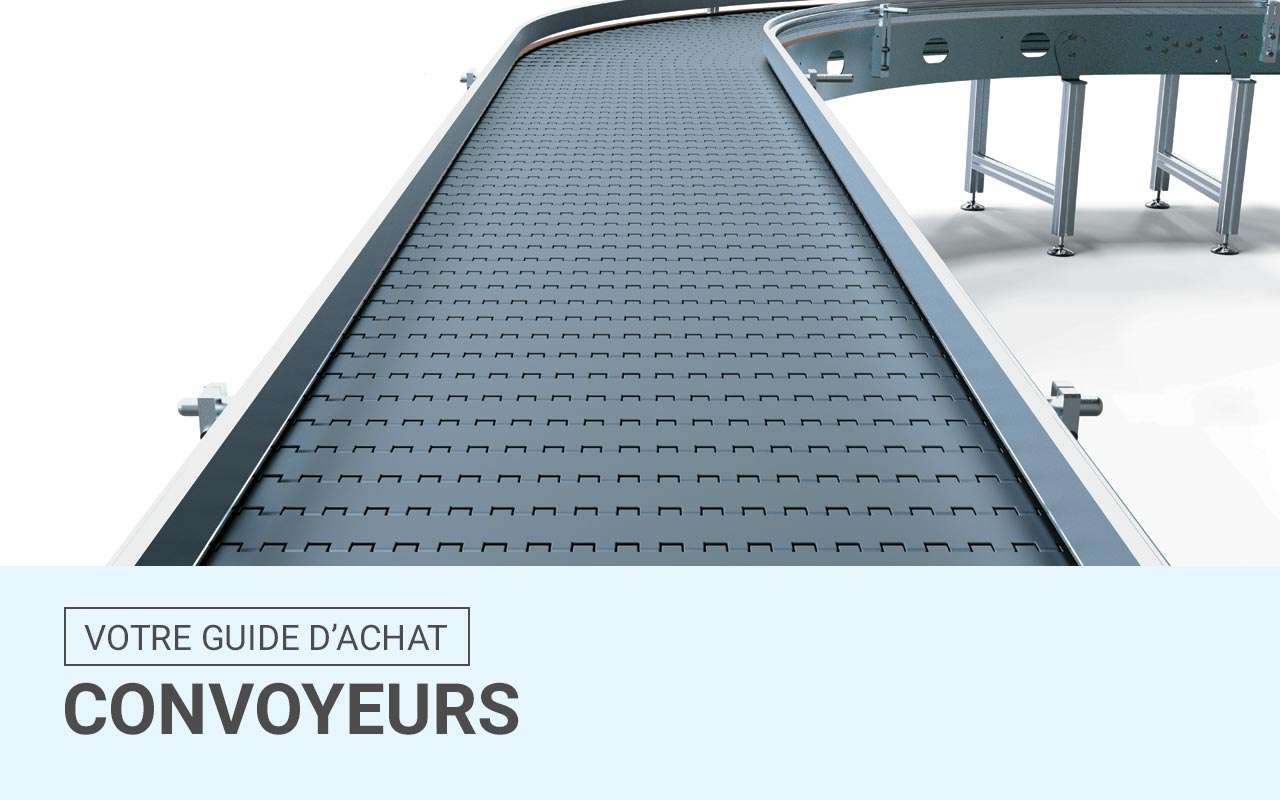De nos jours, les transporteurs sont confrontés à un défi de taille : la multiplication des commandes. Une bonne nouvelle, n’est-ce pas ? Reste que l’organisation d’une chaîne logistique adaptée peut relever du casse-tête lorsque les colis se font moins chargés, mais plus nombreux.
Les commandes se multiplient et vous avez du mal à tenir vos délais ? Un système de convoyage est alors indispensable à plus d’un titre. L’installation de convoyeurs à rouleaux dans vos processus d’acheminement peut vous faire économiser un temps de manutention précieux, et soulager vos équipes.
Cet article a été mis à jour en décembre 2020.

Convoyeur à rouleaux : définition
Qu’est-ce qu’un convoyeur à rouleaux ?
Les convoyeurs à rouleaux sont des machines permettant l’acheminement d’un produit entre deux points dans l’entrepôt.
Souvent installés dans des entrepôts, et mis à disposition des préparateurs de commande, ils permettent d’ éviter une
- A drastic reduction in the load on the handlers;
- Almost no risk of packages falling.
l’acquisition d’un convoyeur à rouleaux vous offre en outre une flexibilité bienvenue dans votre chaîne logistique.
Modulables, les tapis de convoyage s’adaptent facilement à vos différentes activités, permettant de vous appuyer dans la manutention de charges légères ou de charges lourdes.
Réservez des segments de votre chaîne logistique qui nécessitent une intervention humaine (en début de convoyage, par exemple), puis optez pour un tapis de convoyage motorisé pour acheminer les colis.
Saviez-vous que l’installation d’un convoyeur à rouleaux pouvait être subventionnée?
Vous êtes peut-être éligible à une aide à hauteur de 50 % du montant d’achat, grâce à votre caisse régionale.
Les différents types de convoyeurs à rouleaux qui existent
Comme l’offre de convoyeurs est aussi vaste que les besoins des entreprises sont divers, nous vous proposons un guide pratique pour choisir au mieux votre machine.

Le convoyeur à rouleaux libres : le plan de travail d
- The simplest and most economical model of conveyor, the free roller conveyor is not motorised.
- The rollers are arranged on a horizontal surface, and allow the operator to manually advance the package on the roller conveyor.
- This type of machine is best used at the beginning of a packaging run, in order to initiate the flow once the package is filled by your teams.
gravity roller conveyors: saving time and optimising space
- The concept of the gravity roller conveyor is similar to that of the free roller conveyor, but the difference lies in the construction of the plane that carries the rollers (the frame, often made of galvanised or zinc-coated steel).
- Unlike the first type of machine, this one is fitted with a certain inclination, so as to take advantage of gravity to move your parcels effortlessly.
- This is known as an inclined plane, or downward spiral, allowing the operator to push the order forward on the conveyor.
- Sometimes equipped with a geared motor, they can regulate the speed at which the parcels or trays arrive at the operators.
the motorised roller conveyor: a valuable productivity gain
- The latter type of conveyor is the ultimate in convenience, with fully motorised rollers that automatically move your parcels from one place to another.
- It is a real conveyor belt for your supply chain.
- More expensive, this type of machine can be used in warehouses with a large number of shipments, and is also ideal for moving unusually shaped packages without the need for human effort.

Other types of conveyors
The family of conveyors is numerous. The device is so indispensable that it comes in a multitude of models to meet all needs: belt conveyor, roller table, ball table, etc. The choice is wide. If we have largely detailed the advantages of roller conveyors in these lines, we still have to mention another machine. The pilgrim step conveyor is particularly used in automotive factories, and will therefore be suitable for warehouses with ultra-specific machining needs.The pilgrim step system is simple and practical
- It allows preciserouting of parts through the supply chain;
- It ensures that parts do not move on the conveyor;
- It allows operators to work on the parts without having to manually replace them.
mechanical pil grim conveyors are expensive, but have a real impact on the performance of your processing lines. As we have seen, there is a roller conveyor for every need and every type of warehouse. The list of benefits of opting for this type of installation is long. Conveyors help to relieve your teams and keep up with the fast pace of order picking in the e-commerce era.The three key points to remember
- Roller conveyors can be free standing, gravity or motorised.
- They increase productivity and reduce the risk of packages falling.
- They reduce crew fatigue and can be part of a strategy to reduce Musculoskeletal Disorders (MSD), depending on the load capacity you choose.















